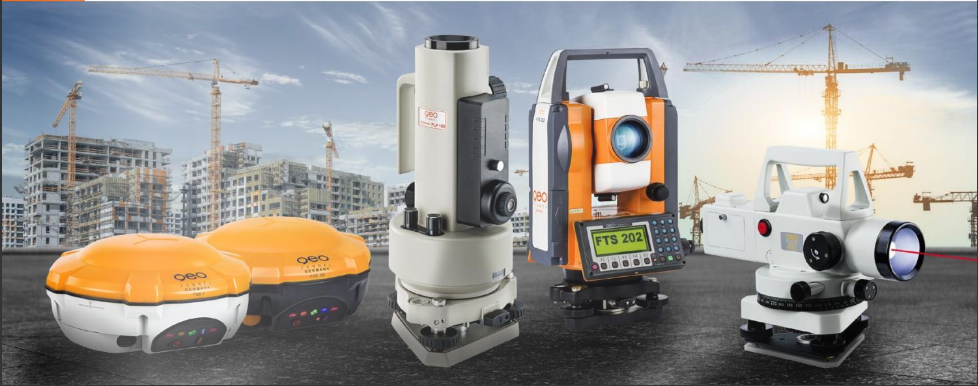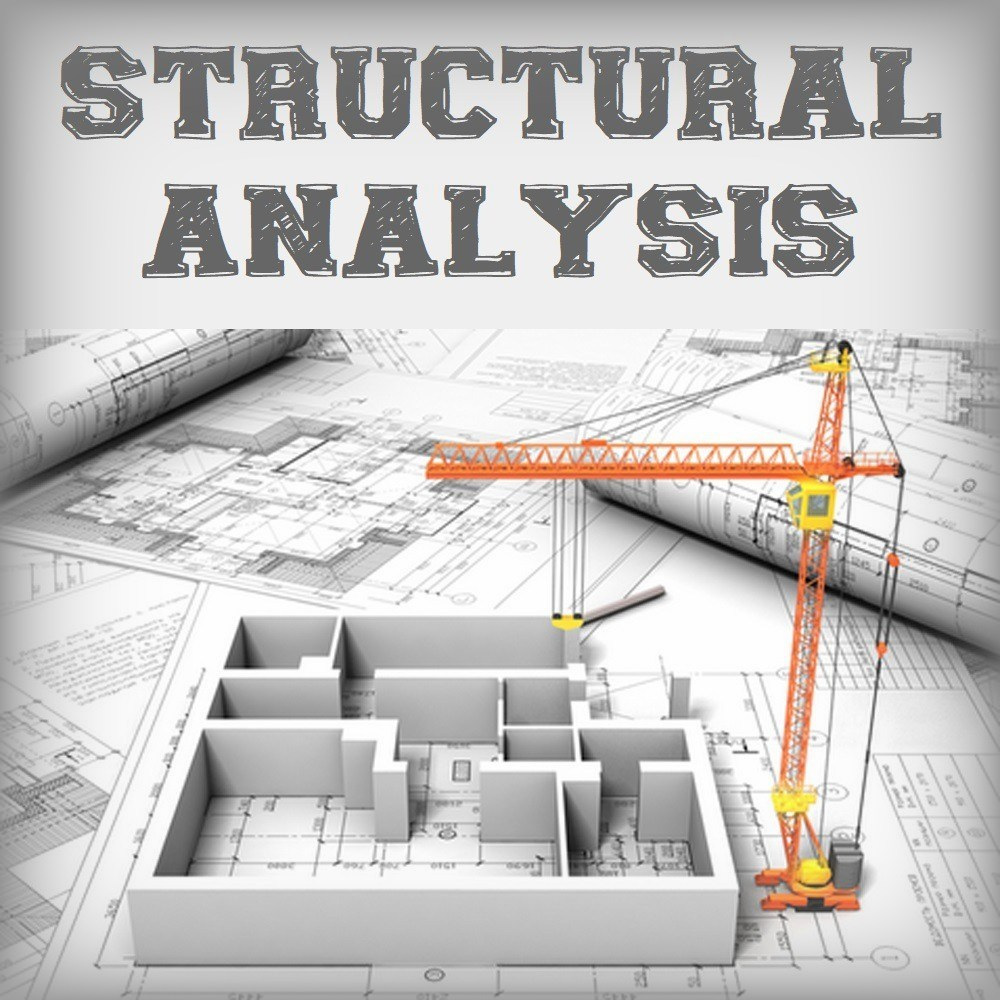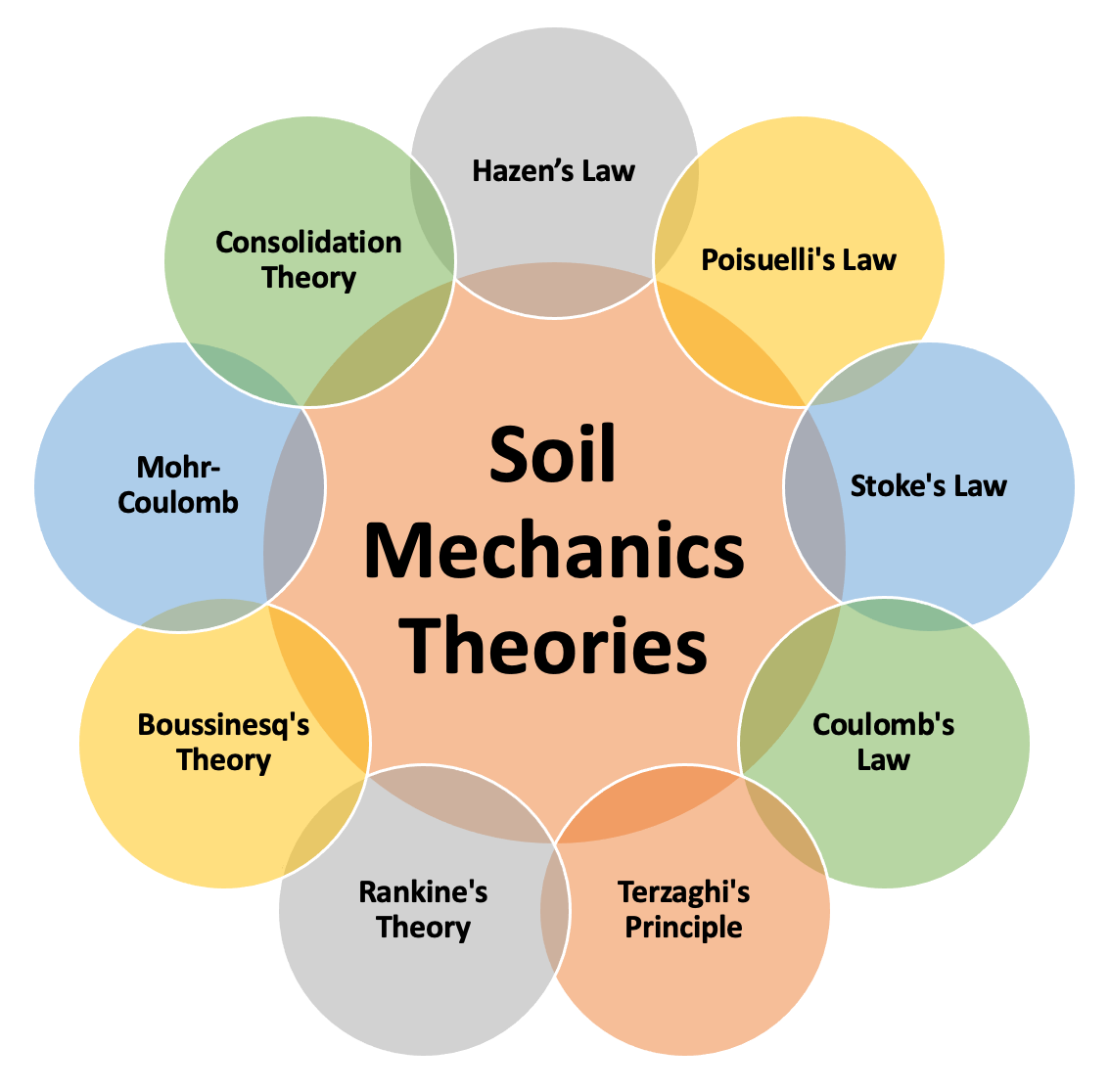Advanced Surveying (TCE 403) is designed to provide civil engineering undergraduate students with comprehensive knowledge and skills in surveying techniques that are crucial for various engineering projects. The course covers advanced concepts and practical applications of triangulation, trilateration, error adjustment, curve layout, route surveys, and the integration of modern technology such as GPS and GIS in surveying.

- Teacher: GAGANDEEP SINGH
This comprehensive course in Structural Analysis and Design equips students with essential skills and knowledge to analyze and assess various structural elements effectively. Covering fundamental concepts such as degrees of freedom, static and kinematic indeterminacy, the course progresses to advanced topics including analysis of plane trusses, deflection in beams, moving loads, influence lines, arches, and indeterminate beams. Through a combination of theoretical learning and practical applications, students learn techniques such as the Method of Joints, Method of Sections, and Castigliano’s theorem, enabling them to calculate forces, deflections, and critical stress resultants due to various loads. By the end of the course, students are proficient in constructing Shear Force and Bending Moment Diagrams, analyzing arches, and applying energy principles to solve real-world engineering challenges in structural analysis and design.

- Teacher: PRAVEENKUMAR T.R
Course on Geotechnical Engineering - 1 deals with mechanical properties of soil. We all understand that every structure has a foundation and all the different types of loads acting on superstructure is finally tranferred to the ground. Foundation acts as an interface element to safely transfer the load on superstructure to the subsoil beneath the foundation. Inability to do so may lead to failure and cause huge economic loss including loss of life, if any. Every foundation is designed in such a way that the soil beneath does not fail in shear and also the settlement is within permissible limit. This is ensured keeping sufficient factor of safety or margin of safety between soil strength and applied external stress. Hence, it is important to estimate the shear strength of the foundation soil. Also, one should develop the capability to estimate the settlement of the soil due to external pressure. This require proper understanding of soil as a material and how it will behave under externally applied load. In addition, soil being a porous material also face a unique problem associated with flow of water or seepage. This cause lots of issues related to seepage flow. The first part of the course Geotechnical Engineering - 1 deals with the detailed understanding of the soil as a material, its formation process, and types as well as regional deposits in india as well as at global level. Geotechnical properties related to density, specific gravity, permeability, index properties for classification purposes etcand their estimation through field or laboratory tests are covered in great detail. Compaction which is primarily used to densify the material to improve its engineering properties are also discussed. Apart from that concept of effective stress, 1-dimensional and 2-Dimensional seepage flow as well as estimation of vertical stress below applied load are also covered. At the end, the course covers the two important aspects i.e. estimation of shear strength of soil and settlement through well established theories such as Mohr-Coulomb and Terzaghi's one dimensional Consolidation theory, respectively.

- Teacher: AMIT SRIVASTAVA